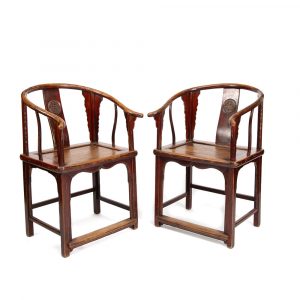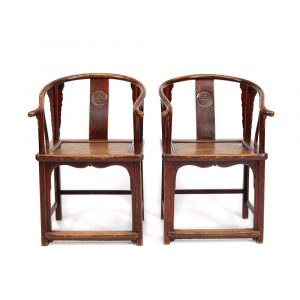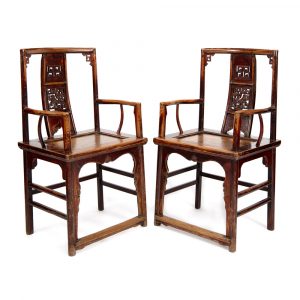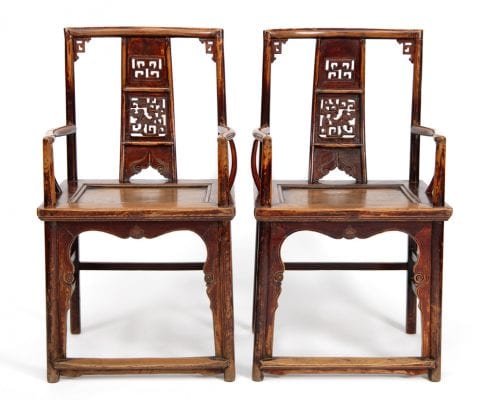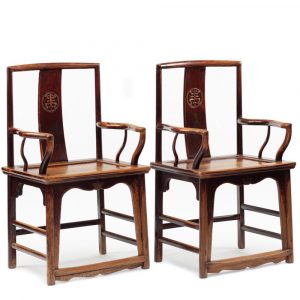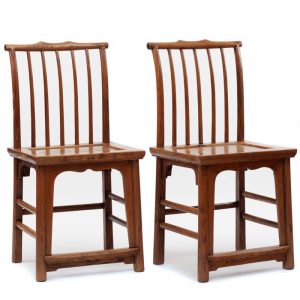The Evolution of Seating in Chinese Culture
Ancient Origins
The history of seating in China dates back to ancient times, with the earliest known evidence being an engraving of a stool on a bronze vessel from the Eastern Zhou period (770 B.C.E. – 221 B.C.E.). However, it wasn’t until the 2nd century C.E. that written records of seating began to appear. The rarity of these early mentions suggests that sitting on chairs or stools was not a common practice. This was because most people sat on mats.
Rise to Prominence
Over the centuries, stools and chairs gradually evolved in design and function. The Song dynasty (960 A.D. – 1279 A.D.) marked a significant turning point. During this period chairs became widely adopted as the preferred form of seating in Chinese society.
Cultural Significance
Chairs in China were more than just functional objects; they became important status symbols, reflecting the prestige of their owners. Various styles emerged to meet specific official and social needs. Chinese chairs are renowned for their ergonomic design, encouraging upright posture while providing support for the spine, back, and shoulders. The inclusion of footrests and tapered leg structures further enhanced their comfort and stability.
Modern Appreciation
Today, antique Chinese chairs are valued not only for their historical significance but also for their versatility in modern interiors. They serve as both functional seating options and stunning decorative pieces, adding a touch of cultural richness and style to contemporary homes.
For those interested in experiencing the beauty of these cultural icons first-hand, our Canberra antiques gallery showcases a selection of Chinese chairs, offering a glimpse into centuries of design artistry and cultural evolution.
Chairs
Chairs

